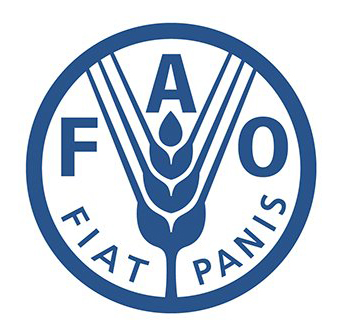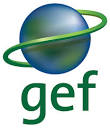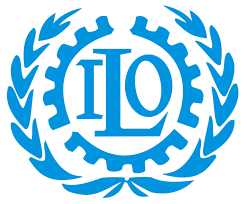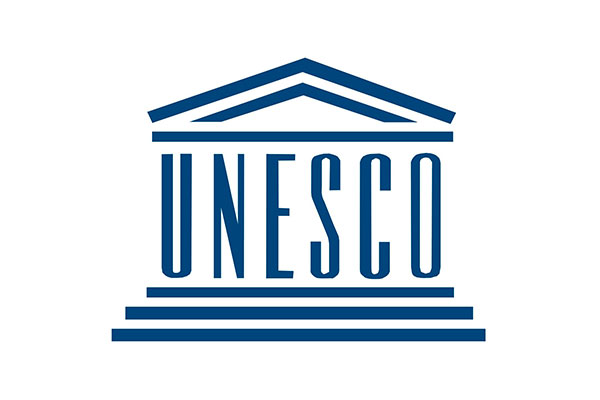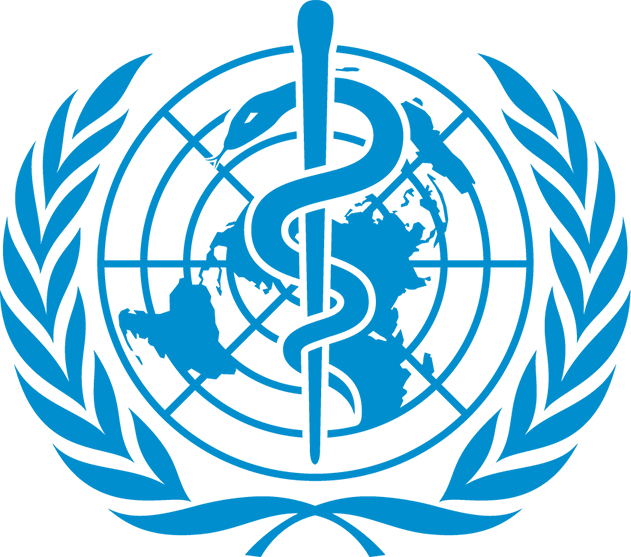
World Food Programme
WFP has been supporting Nepal since 1963, to develop greater food security. WFP is a humanitarian agency fighting against hunger, delivering food assistance in emergencies and working with communities. In view of Nepal's vulnerability to natural disasters, country strategic plan (2019-2023) focuses on emergency preparedness and response.
Organization
WFP was established in 1961 following the 1960 Food and Agricultural Organization (FAO) Conference, when George McGovern, director of the United States Food for Peace Programs, proposed establishing a multilateral food aid program. On average, WFP reaches more than 80 million people with food assistance in over 80 countries every year, addressing hunger and promoting food security.
The Strategic Plan (2022- 2026) is guided by the Sustainable Development Goals (SDGs) set forth in the 2030 Agenda, in particular Goal 2 on ending hunger and Goal 17 on revitalizing global partnerships for implementation of the SDGs. The six enablers of the five year strategic plans of WFP are: partnership, workforce, finance, technology, evidence and innovation.
WFP is governed by its Executive Board, which consists of 36 Member States and provides intergovernmental support, direction and supervision of WFP’s activities. The organization is headed by an Executive Director, who is appointed jointly by the UN Secretary-General and the Director-General of the Food and Agriculture Organization of the United Nations.
WFP relies entirely on voluntary contributions to finance its humanitarian and development projects. Donations are made either as cash, food in-kind or the basic items necessary to grow, store and cook food — kitchen utensils, agricultural tools, and warehouses. Governments are the principal source of funding for WFP. In 2020, WFP raised US$ 8.4 billion from voluntary contributions.
Development Cooperation
WFP has been working in Nepal since 1963, supporting the Government to develop greater food security among vulnerable communities and build resilience to disasters. The WFP Country Office for Nepal was established in 1967. Its work in Nepal primarily targets the most food insecure and those in the hard-to-reach districts of the mid- and far-western hills and mountains.
WFP’s main priority areas in Nepal include: resilience building, nutrition, risk reduction and capacity development, earthquake recovery activities and food assistance to refugees in Nepal. WFP also works to prevent chronic malnutrition and provides school meals to 270,000 children. To support education, WFP supplies non-food items such as school furniture and constructs toilets.
Major Sectors of Support
The followings are the top sectors of the WFP support during the last five-year period:
- Home Affairs
- Education
- Health
- Agriculture
- Livelihood
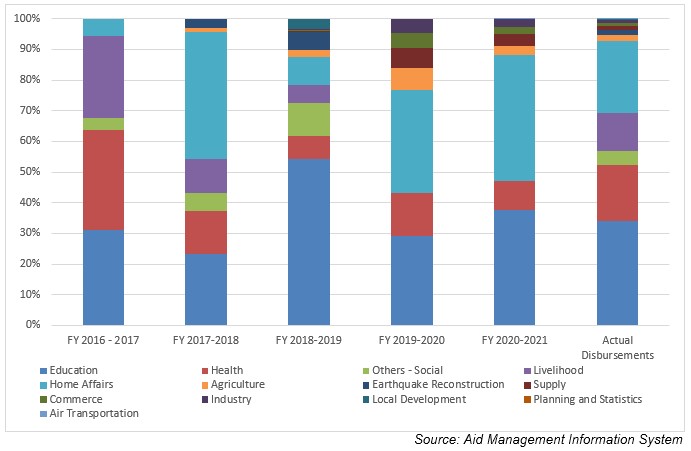
Disbursement during FYs 2016/17 to 2020/21 (in US$)
Over the period of the last fove-year beginning from FY 2016/17 to FY 2020/21, US$ 104.7million of ODA was disbursed to Nepal by WFP. The disbursement hit its highest level in FY 2016/17, at US$ 35.1 million. Likewise, the disbursement touched the lowest level amounting to US $ 9.2 million in 2019/20. The average annual disbursement was US $ 20.9 million during the five-year period.
WFP had committed to provide assistance of US $ 78.9 million in the last five-year period through separate agreements with the government. The highest amount of support committed was US $ 34.8 million in the agreement concluded in fiscal year 2019/20. Likewise, the lowest amount of support of US $ 3.8 million was committed in fiscal year 2016/17.
|
Fiscal Year |
Agreement Amount |
Disbursement |
|
2016/17 |
3,849,290 |
35,187,558 |
|
2017/18 |
29,514,966 |
23,722,014 |
|
2018/19 |
13,356,238 |
16,881,065 |
|
2019/20 |
34,887,387 |
9,290,079 |
|
2020/21 |
32,198,678 |
19,732,900 |
Source: Aid Management Information System
Note: The Agreement Amount is not comparable with disbursement because disbursement here accounts for disbursement of each fiscal year only, whereas Agreement Amount refers to the project cost over the period (not only for single fiscal year but also beyond).
Country Partnership Strategy
This country strategic plan (2019-2023) provides support for the Government in its work to achieve the Strategic Development Goals. WFP expects to shift from direct implementation of food security and nutrition programmes to more specialized technical assistance to the Government and for national programmes. In view of Nepal's vulnerability to natural disasters, emergency preparedness and response will be a WFP focus.
WFP has earmarked support of US $ 126 million for the said plan period. WFP is also supporting the Government of Nepal to conduct a strategic review of SDG 2 (end hunger, achieve food security and improve nutrition, and promote sustainable agriculture).
Updated
Forest and Environment Sector/ IECCD
January 2022
References
- WFP: http://www1.wfp.org/
- WFP Country Office, Nepal: http://www1.wfp.org/countries/nepal
- https://docs.wfp.org/api/documents/9e280ff2cc1846ba85108050995de293/

